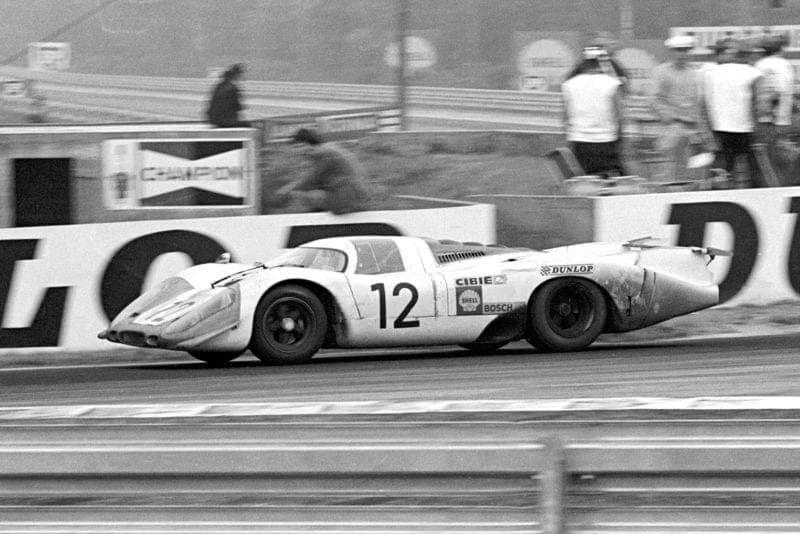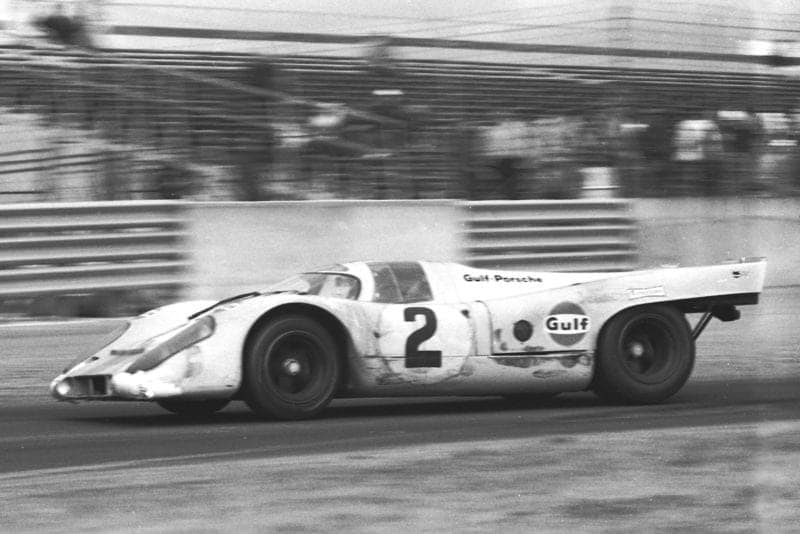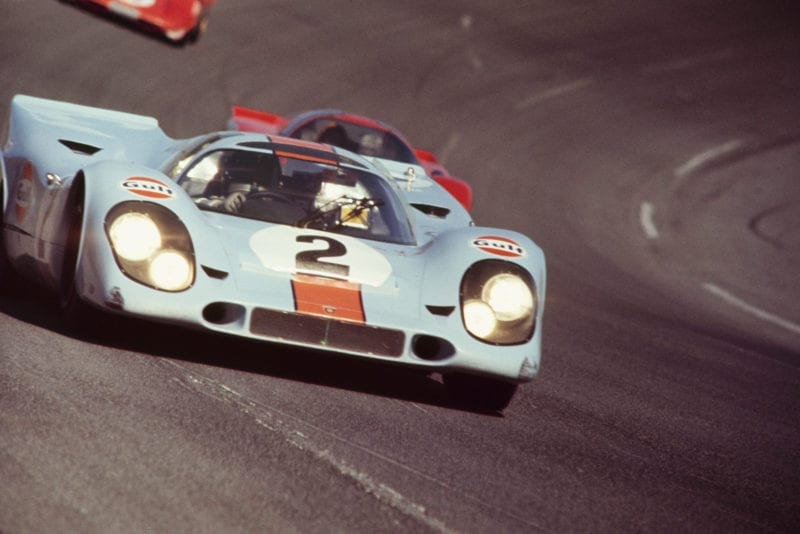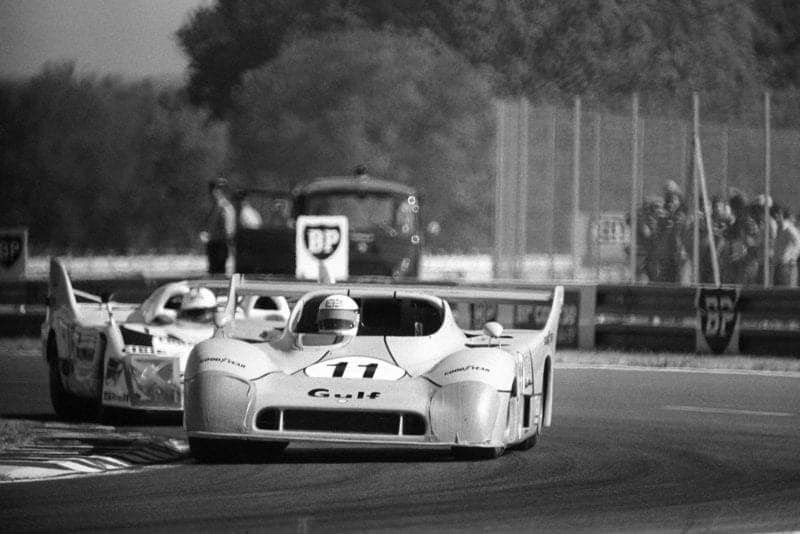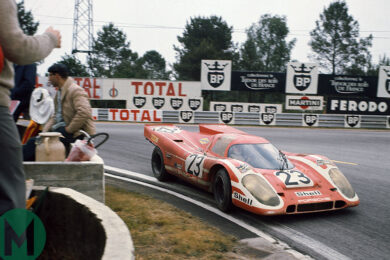He attended Uppingham School and served as an officer in the RAF, in radar fighter control, before going on to graduate in Mechanical Sciences from Christ’s College Cambridge in 1958.
An interest in motor sport took him to a graduate apprenticeship with Aston Martin Lagonda, where he met Wyer, the managing director.
Horsman eventually joined Aston Martin’s design and experimental department as a project engineer. He became assistant to Wyer in 1961, and followed him to Ford Advanced Vehicles three years later.
The pair worked on the GT40 project in Slough, battling Ford’s internal bureaucracy to develop it into a Le Mans-winner, and build production cars. At one point, he found himself peering through the car’s rear window to look for engine oil leaks as Richard Attwood hurled it round Silverstone.

Ickx and Oliver GT40 in the 1969 Le Mans 24 Hours
Getty Images
After the 1966 and 1967 victories, led by Shelby American, the Ford factory program ended and J.W. Automotive Engineering was formed by Wyer and his business partner John Willment to take over the GT40 operation. Horsman became executive director and chief engineer, and the Gulf-backed team secured Le Mans victories in ’68 and ’69. The success caught Porsche’s eye, and a factory deal to run 917s was agreed.

